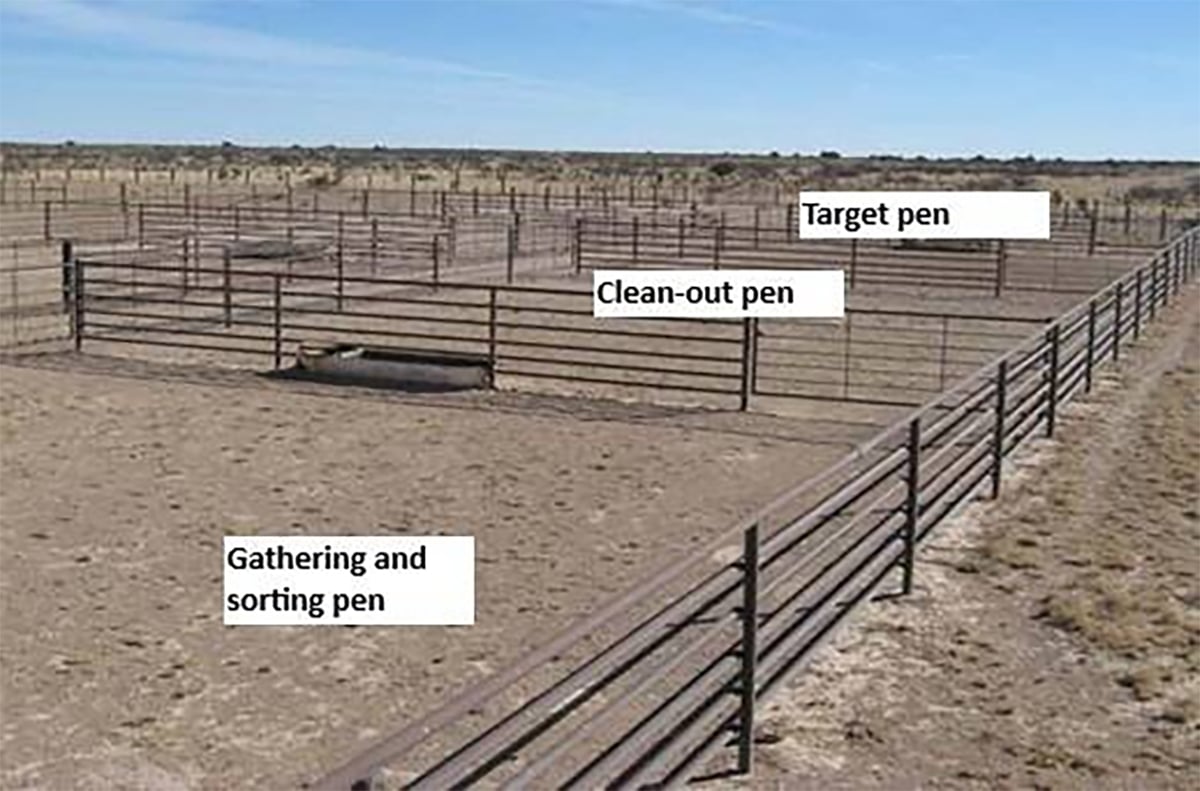A format change, a football game and the financial downturn conspired to lower attendance at Canadian Western Agribition, but organizers say they are happy with the event.
Final attendance figures for the Nov. 21-28 Regina show weren’t available in time for The Western Producer’s Nov. 30 press deadline, but president Marilyn Charlton said she expected they would be respectable.
The opening weekend featured new acreage and cowboy arts showcases, and the official inclusion of draft horse events in the show schedule.
Read Also

Teamwork and well-designed handling systems part of safely working cattle
When moving cattle, the safety of handlers, their team and their animals all boils down to three things: the cattle, the handling system and the behaviour of the team.
As a result, the full trade show wasn’t open until Nov. 24, which confused visitors.
The opening weekend also coincided with the Saskatchewan Roughriders’ first home playoff game since 1976 and the loss of a parking lot at nearby Mosaic Stadium.
Agribition exhibitors usually park their trailers on the Lancaster lot. Instead, the trailers were parked on the Agribition grounds, taking up 700 to 800 visitor parking spots. Parking was at a premium throughout the week and the lots filled up quickly.
“I’m very thankful that we had good weather or we could have seen a greater softening on our numbers,” said Agribition chief executive officer Jason Pollock.
He said the economic crunch seemed to hit Saskatchewan a little later than other places, which affected attendance.
“Our general patron that comes through the gates definitely has experienced a difficult fall in terms of the sales that are going on, and the value of the commercial beef in the industry in general this fall likely has impacted the amount of disposable income that people have,” he said.
“So we’re not overly surprised by the softening this year, all things considered.”
Trade show exhibitors said they were pleased with the week, and one long-time exhibitor said Nov. 27, when the crowd was at its peak, was the best ever in terms of business.
Before the final day’s events, Pollock said 11 fewer purebred cattle lots had been sold compared to last year, but gross sales were up $100,000.
Agribition auctions typically average about $2 million. This year’s highlight was a $67,500 half-interest in a Charolais bull calf.
Buyers represented six provinces, five American states, New Zealand, Scotland and Australia. There were also seven American exhibitors, the most since BSE closed the border in 2003.
As well, the show hosted international delegations from Russia, Norway, Finland and Mexico.
Pollock said more U.S. visitors were in the barns this year, which is a positive sign.
“That really tells us that the paperwork and the process of getting animals across our border for show purposes, or for sale purposes, is starting to improve,” he said.
Pollock said it would take time for people to get used to the new show format. The last major change was in 1997.
“Our patrons are very accustomed to a certain type of experience when they come here,” he said.
“We anticipate as we build these two new showcases and work into our new facility footprint in 2010 that we’ll be needing to do additional work to get the message out there about what changes there are.”
Charlton said change isn’t easy but it is necessary to make sure the show grows.
Next year, Agribition will have access to the indoor floor space of six new arenas now under construction on the Evraz Place grounds. Pollock said the show may not fill all the space at once.
“We want to be cautious when we move forward,” he said.
The 2010 show, which will celebrate Agribition’s 40th anniversary, will be held Nov. 20-27.















